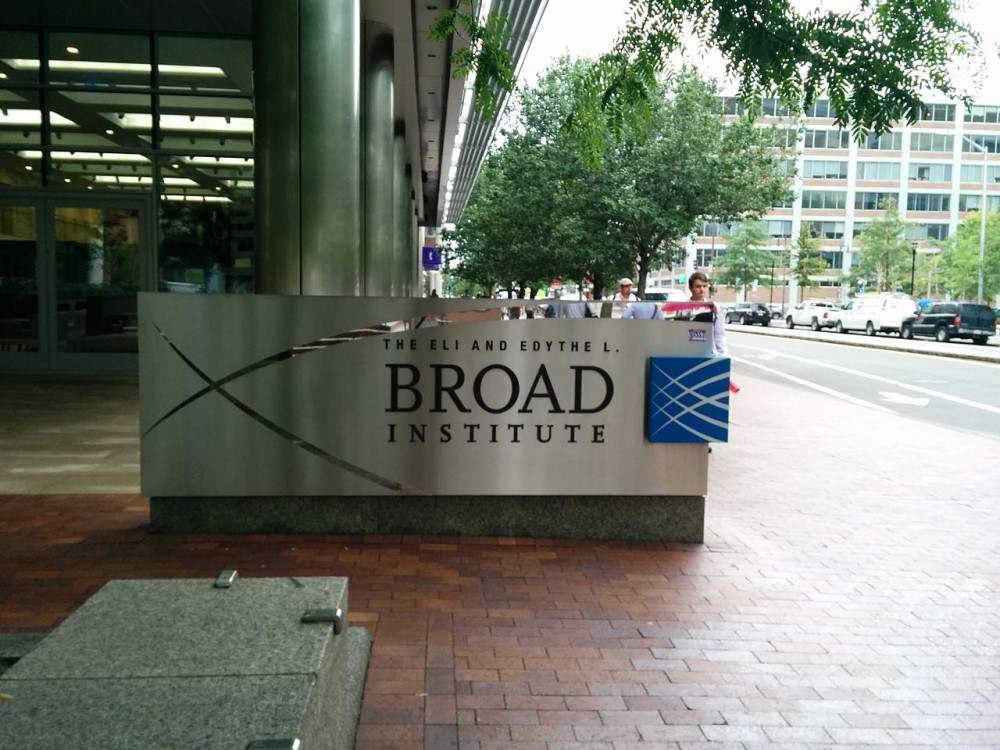
Broad Institute launched academic-industry cell imaging consortium to speed drug discovery and development
On Jul. 10, 2020, the Imaging Platform at the Broad Institute of MIT and Harvard, together with industry and non-profit partners, announced they had launched a new collaboration to create a massive cell-imaging dataset, displaying more than 1 billion cells responding to over 140,000 small molecules and genetic perturbations.
This microscopy image dataset, which would represent the largest collection of cell images generated by Cell Painting, is planned as a reference collection to potentially fuel efforts for discovering and developing new therapeutics.
Once the image dataset is created, it will be available to consortium members for the first year, after which it will be freely available for use by the scientific community. With the complete reference dataset, potential applications include predicting a compound’s activity and toxicity in cells, matching appropriate drugs to different disease states, and more.
The JUMP-CP team, led at Broad by institute scientist Anne Carpenter, will create a critical mass of this cellular imaging data to empower discoveries about cell biology that can inform drug discovery and development. The Broad Institute will create a reference dataset of approximately 12,000 genetic perturbations in cells, while industry partners will build the dataset of cells exposed to small-molecule compounds.
The goal is to identify the effect of each gene or compound on the cell’s shape or activity — creating a morphological atlas that researchers can reference as a baseline in their own studies. With a large reference of image-based cellular profiles, scientists could computationally compare their images to determine a drug’s likely mechanism of action or a gene variant’s impact, prior to any clinical trials in patients.
Tags:
Source: Broad Institute
Credit:
